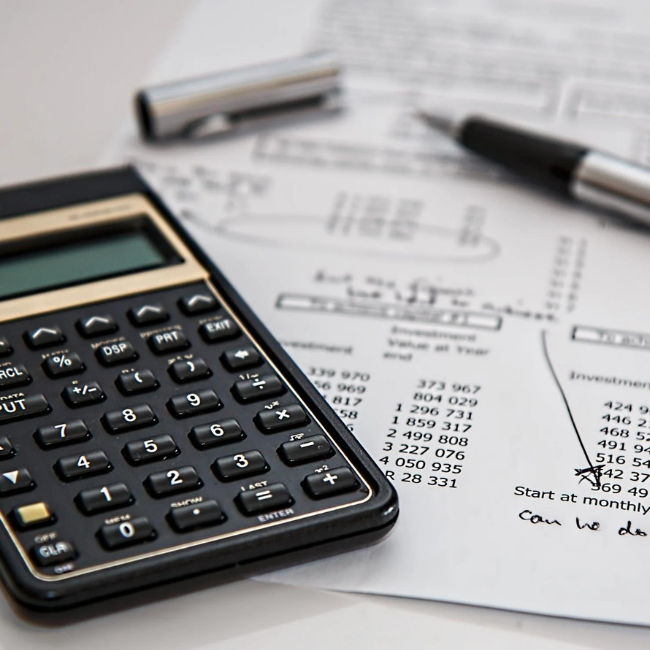An introduction to book keeping and source documents
R57.50
Use, by you or one client, in a single end product which end users are not charged for. The total price includes the item price and a buyer fee.
Resource Description
Book keeping is the primary stage in the accounting process and it includes recording the transactions and classifying the same under proper heads. We also discussed about the features, objectives and need for book keeping and the difference between booking and accounting. The role of an accountant and book keeper is also explained along with the major limitations of book keeping. The main difference between book keeping and accounting is that book keeping is the primary stage in accounting and it is the base for accounting but apart from primary stage accounting includes secondary stage such as analysis and interpretation of financial statements.
Then the important source documents that were used in accounting such as cash receipt, invoice, debit note, credit note, pay in slip and cheque is also presented in a brief manner as follows:
- Cash receipt is a printed statement of the cash or cash equivalent amount received in a cash sale transaction.
- Invoice is used for credit purchases and credit sales. The date, amount and details of credit purchases and credit sales are given in the invoices
- Debit note: When goods are returned by a buyer, the buyer prepares a debit note and sends it to the seller.
- Credit note is a statement prepared by the seller who receives back from his customer the goods sold.
- Pay in slip : When cash or cheque is deposited in bank, a form is to be filled by a customer and submitted to the banker along with cash or cheque which is called pay in slip
- Cheque is a document which is issued by a bank to its customers for withdrawing money for own use or for making payment to others.



 KES(KSh)
KES(KSh) USD($)
USD($) GBP(£)
GBP(£) GHS(₵)
GHS(₵) NGN(₦)
NGN(₦) MUR(₨)
MUR(₨) BWP(P)
BWP(P) AUD($)
AUD($) TZS(Sh)
TZS(Sh) INR(₹)
INR(₹) PHP(₱)
PHP(₱) AED(د.إ)
AED(د.إ)






